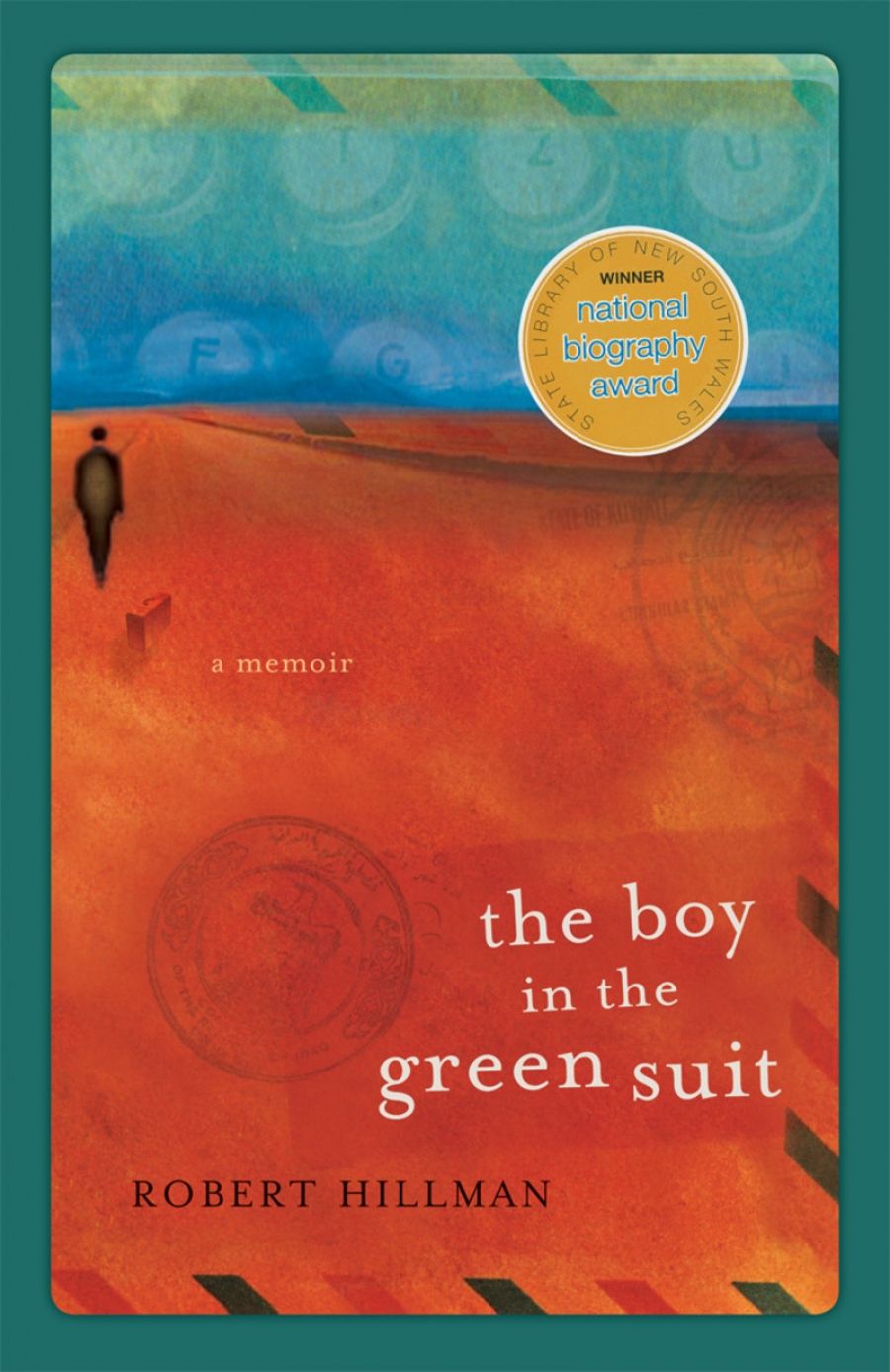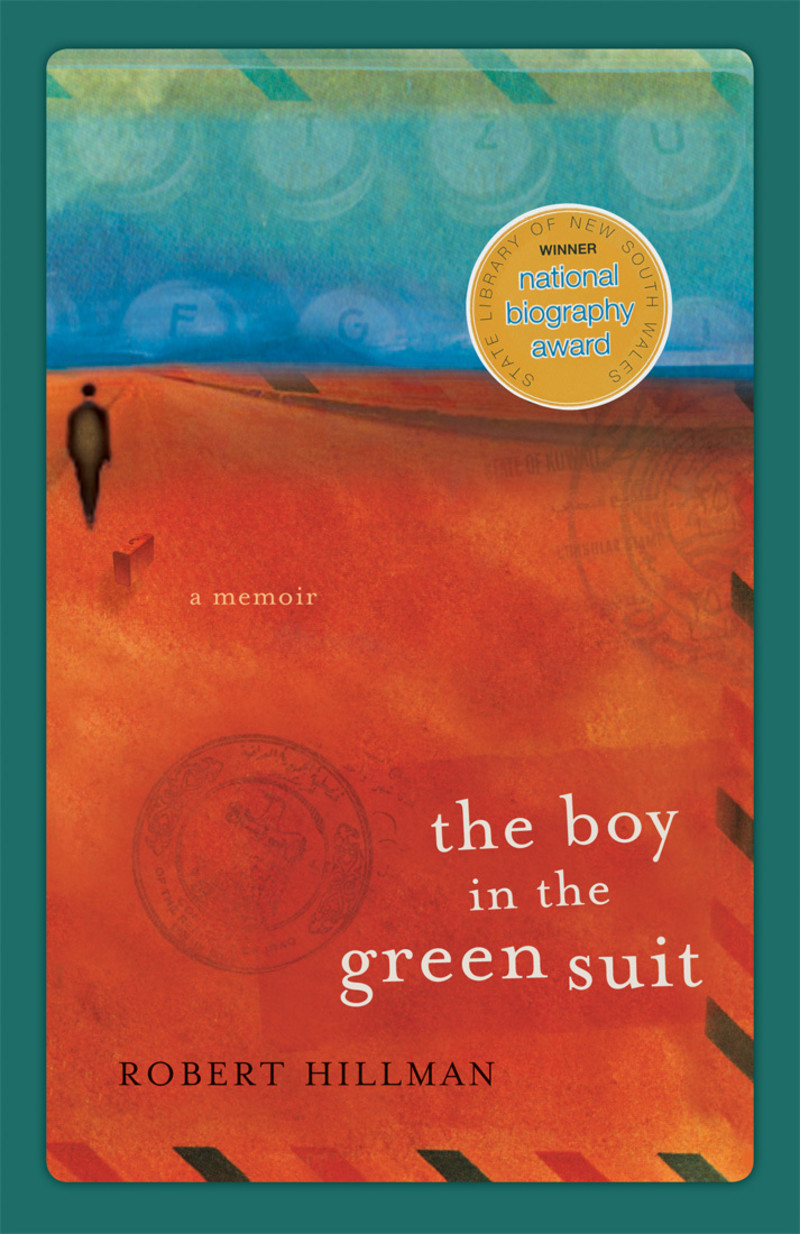
- Free Article: No
- Contents Category: Memoir
- Review Article: Yes
- Article Title: Changing Scenery
- Online Only: No
- Custom Highlight Text:
The heart of this book is an account of one year in the life of its author. In 1963, at the age of fifteen, Robert Hillman left his hometown of Eildon, in Victoria, and took a position as a junior in the ladies’ shoe department of the Myer Emporium in Melbourne. He didn’t last long. Before he knew it, he had booked a passage on a ship to Ceylon. He had a dream, not a plan. The dream was of a soft landing on an idyllic island of perfect women who would tend to his every need and desire. It was a dream of Eden, of a world before the Flood. In this case, the image is apposite. In 1954 Eildon had been submerged by the waters of a new dam. This project had brought Americans and money to the town; once they departed, the new Eildon was a shiny but emotionally threadbare place. The world after the flood was a punishing place for young Robert. He wanted to return to paradise.
- Book 1 Title: The Boy in the Green Suit
- Book 1 Biblio: Scribe, $30 pb, 232 pp
- Book 1 Cover Small (400 x 600):

- Book 1 Cover (800 x 1200):

Only a teenager as naïve as Hillman was could have thought such a journey possible. One of the many attractions of this book is the wry affection with which the older man is able to look back upon his younger self. This is a tribute to both the writer and, in a sense, to Hillman as a human being. Hillman is clearly fond of the young twit whose escapades are reported in The Boy in the Green Suit. He displays more affection towards that boy than anyone else seemed able to do. That, in my experience, is an achievement. The world gave young Hillman plenty of hints that he wasn’t really welcome. God knows at what point Hillman decided that such hints were to be ignored. But at some point he did. He should run workshops so others can learn the skill.
Young Hillman thought he was sailing to Ceylon. Sadly, he had not thought about such niceties as visas. By default, he ends up in Greece and starts hitching around eastern Europe. He visits Istanbul, Kuwait and Iran. It is part of the world that, whatever the reality, has been so poisoned in the Western imagination that it is hard to conceive of a child these days opening that part of the atlas on their own, let alone going there. Hillman pushes on regardless: ‘There was also my trump card. I was an Australian. We were a nation of people to whom things did not happen.’
Occasionally, Hillman’s eyes do open briefly. In Istanbul, he witnesses a worker, an ‘urban serf’, fall under his load and die in the street, an image that haunts Hillman. Another insight arises on the deck of a dhow, ‘the ancient craft of the gulf traders’, as Hillman journeys to Kuwait. During this rare moment of tranquillity Hillman realises that he could well be still working for the butcher in Eildon: ‘I was suddenly aware of width – of how far life stretched to each side, rather than just ahead.’ For the most part, the travelogue is replete with bizarre tales of the proverbial fish out of water: Hillman being introduced to the only avowed atheist in Iran; Hillman imprisoned in Pakistan because he is unable to pay a fine of a few cents imposed for another visa violation; Hillman working in Iran for the shady Lieutenant Rasheef.
The book, however, gains a dimension from the brief glimpses Hillman proffers of the rest of his life, scenes that are all the more effective because of their succinctness. They indicate the existence of another world, perhaps the real one. Hillman’s mother abandoned the family when he was young. His father, a World War II veteran, always silent about those experiences, fought viciously with his new wife. Twenty-five years after his mother’s departure, Hillman’s sister placed advertisements in newspapers and managed to locate her. Hillman’s reunion with his mother took place at an airport only one month after he had left the mother of his own five-year-old son. This is a book in which no one stays still for very long. It only sketches the reasons why this might be. Maybe it doesn’t know.
The Boy in the Green Suit is an exquisitely painful book about one of the besetting conditions of modern life: restlessness. A long time after she has re-entered his life, Hillman visits his mother in Brisbane: ‘There is nothing in my life and relationships to convince my mother that I can be left in charge of my own affairs.’ She has recently heard from the mother of Hillman’s third son, and is ready to offer advice: ‘You have a restlessness deep inside you, my little love, deep, deep inside you.’ On that note, the book swings. What is comic in a teenager is tragic in a father. There’s an old adage that you can change the scenery without changing yourself. Hillman tells that story with poignancy and warmth.


Comments powered by CComment